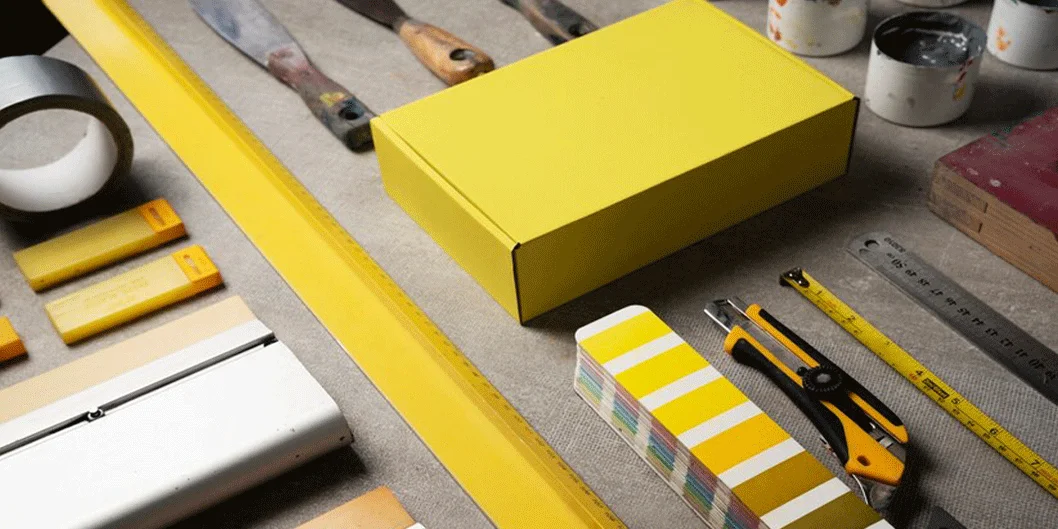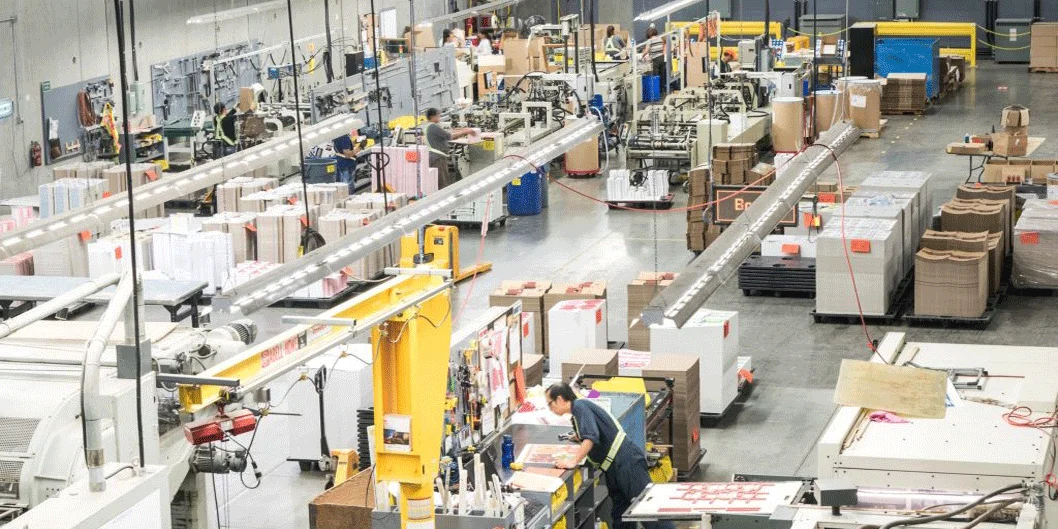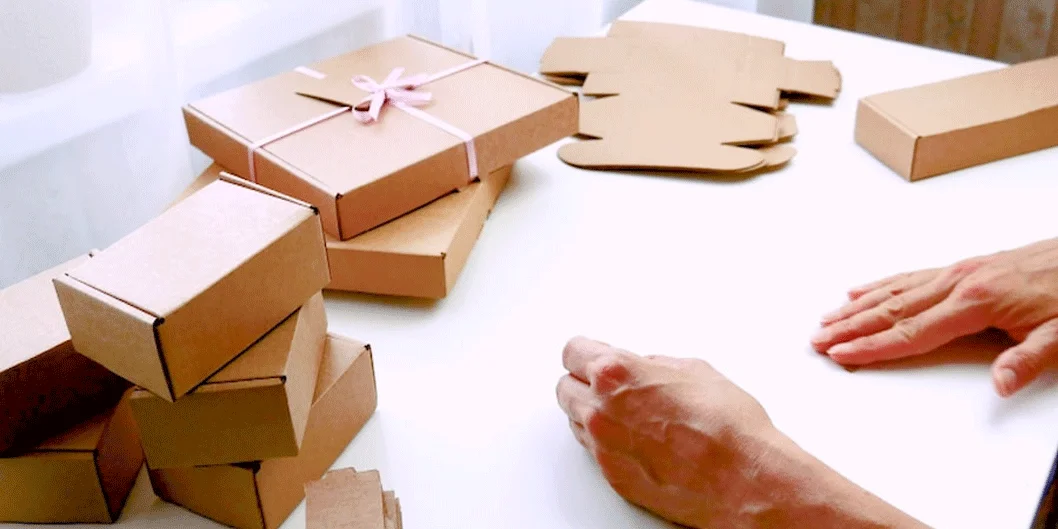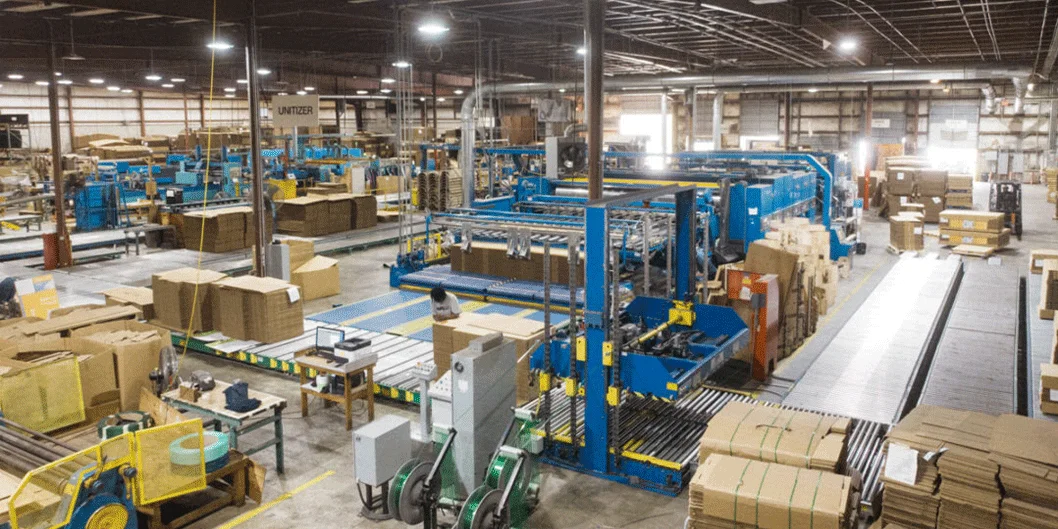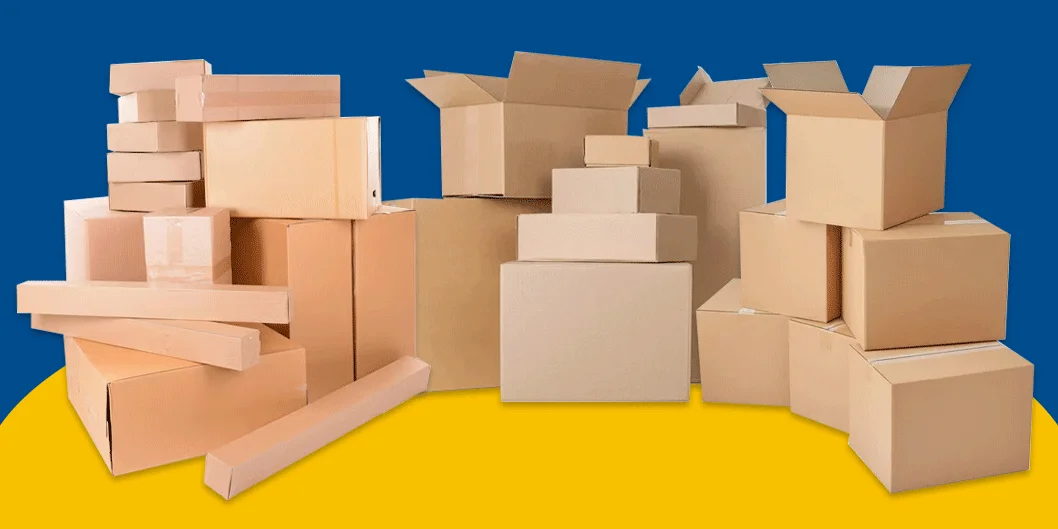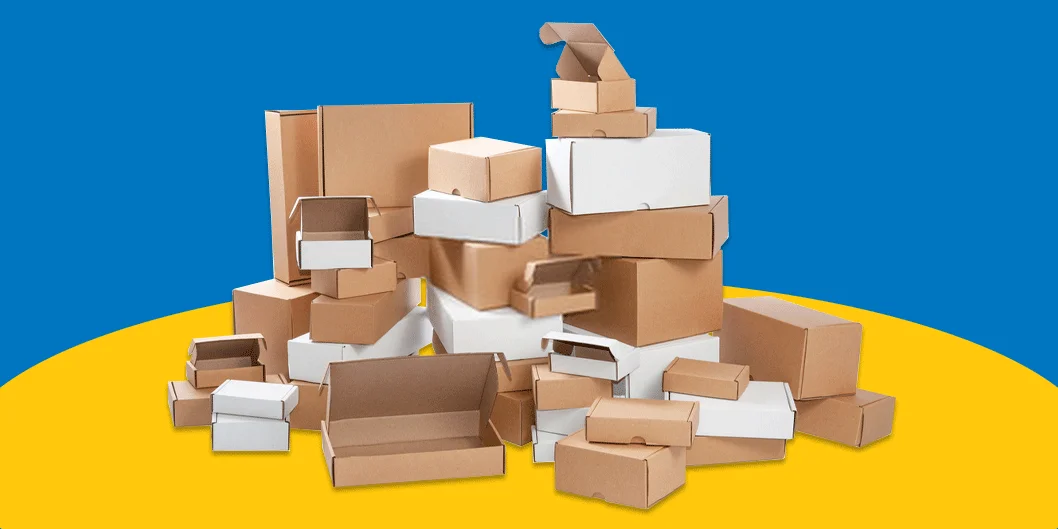When we talk about packaging, shipping, or even keeping the products or gadgets, understanding how to write dimensions accurately of a box is mandatory. Whether you’re a company owner assuring that your equipment are packed in order, or someone preparing to ship a gadget. Understanding how to measure a carton box accurately can save the time, reduce expenses, and avoid potential damage to the products. This comprehensive guide will take you through the step-by-step method of accurately measuring the dimensions of a packing box.
Why Veracious Box Measurements Elements
Exact box measurements are central for multiple reasons:
- Shipping Expenses: Myriad shipping carriers calculate expenses based on the size of the parcel. Knowing the exact dimensions guides you avoid overpaying for freight.
- Product Fit: Insuring that your products fit perfectly in the box eliminates movement during shipment, minimizing the risk of damage.
- Storage Enhancement: If you’re storing products in boxes, knowing their perfect dimensions helps maximize storage space.
- Presentation: For companies, the right box size can increase the presentation of the item, leading to better customer gratification.
The Three Basic Dimensions: Length, Width, and Height
Before you start calculating, it’s significant to understand the three basic dimensions of a box:
- Length: The longest side of the box.
- Width: The shorter side, square to the length.
- Height (or Depth): The side square to both the length and width.
These dimensions are typically listed in the order of length, width, and height (L x W x H).
Tools You’ll Require
To measure a box perfectly, you’ll need the consequential tools:
- A tape measure: This will help you measure the box dimensions.
- A notepad: To jot down the measurements.
- A calculator: Useful for any conversions or calculations.
Step-by-Step Method to Measuring a Box
- Place the Box on a Flat Surface
Start by setting the box on a flat, stable surface. This makes it easier to measure exactly without any trembling or shifting.
- Measure the Length
- Diagnose the longest side of the box, which is calculated the length.
- Place the tape measure at one end of the box and drag it to the other end, measuring the distance in inches or centimeters.
- Record this measurement as the length.
- Measure the Width
- The width is the side square to the length.
- Place your measuring equipment at one edge and drag it through the opposite side.
- Record this measurement as the width.
- Measure the Height
- At last, measure the height, which is the vertical dimension from the bottom of the box to the top.
- Drag your tape measure from the base to the top corner of the box.
- Record this measurement as the height.
- Cross-Check Your Measurements
- To avoid flubs, cross-check each measurement.
- Measure each dimension twice to insure consistency.
- If you get different results, measure it thrice time to confirm.
Create Your Dream Custom Packaging
Measuring the Inner Dimensions
In some disputing’s, the inner dimensions of a box are more significant, particularly if you’re trying to insure a snug fit for the items. To measure the inner dimensions:
- Subtract the thickness of the box from all of the exterior measurements. This accounts for the space hoist by the box walls.
For example, if the material thickness is 0.25 inches, subtract 0.5 inches from the length, width, and height to get the inner dimensions.
Measuring Irregularly Shape Boxes
Not all boxes are flawless rectangles. For irregularly shape boxes, measure the longest corner of each dimension. If the box has leaning sides or an scraggy top, measure from the highest corner to the lowest.
Comprehending Dimensional Weight
When conveyance items, carriers may use dimensional weight (DIM weight) to impact on shipping costs. This is quantified using the formula:
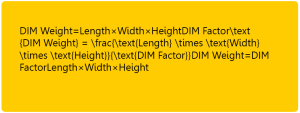
Each conveyor has its own DIM factor, so check with your logistic company to get the correct number. This measurement assist you’re charged fairly based on the box’s size and the space it takes up in the fright vehicle.
Tips for Exact Measurement
- Use a solid tape measure: A thin tape measure can give inaccurate inspections.
- Measure in the same units: Insure all your measurements are in either inches or centimeters to circumvent confusion.
- Keep the tape measure straight: Assure your tape measure or ruler is friendly with the box edge to get an accurate measurement.
- Be mindful of flaps: If the box has flaps, make sure they’re close as they would be during shipment when taking your measurements.
Conclusion
Precisely measuring the dimensions of a box is a effortless but decisive task that can smash shipping price, storage efficacy, and overall item presentation. By subsequent the steps outline in this guide. Moreover, you can assure that your measurements are veracious, leading to better outcomes whether you’re shipping items, packing products, or enhancing storage space. At Box Wala, we understand the significance of exact measurements in packaging, and we’re here to assist you find the perfect boxes for your requirements.

